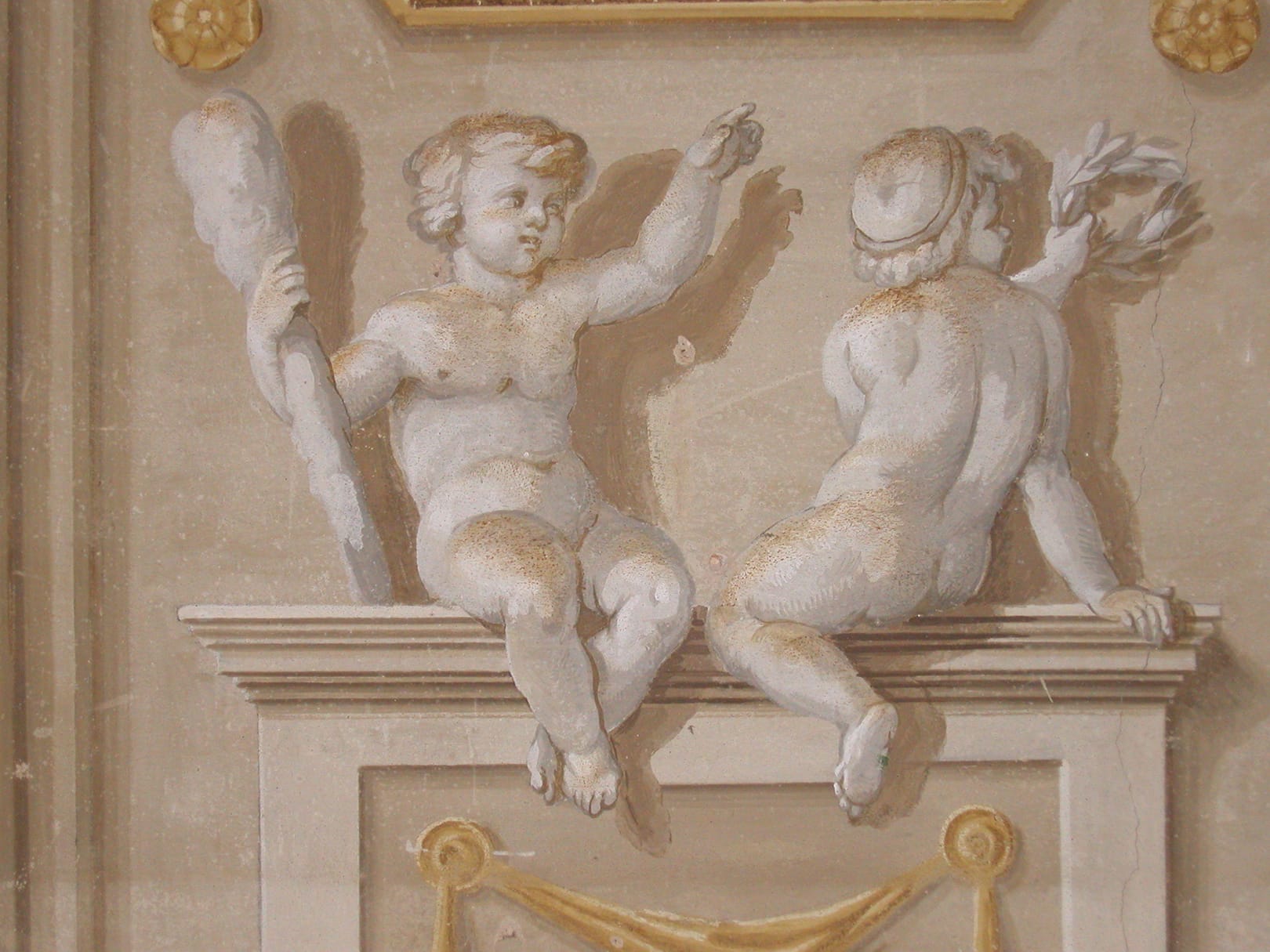The History
Tenuta San Jacopo’s history starts at the beginning of 18th-century.
Three milanese brothers, Vanni, Carlo and Marco Cattaneo, buy the estate in 2002.
They have this purpose: enhance and refresh the local identity with business spirit,
in order to combine the Tuscan product folk culture with Lombard pragmatism.
The first goal is creating “great” wines, with pleasing flavors, elegant, respectful of the local vineyards but groomed with modern technologies.
The second goal, is to produce olive oil, celebrating the great natural vocation of this area.
During the first period of Tenuta San Jacopo’s history, the vineyard work was defined by important renovations.
First there was the weeding and soil levelling, followed by a deep crossed ripping and the realization of drainages and canalizations in order to avoid dangerous water stagnations.
At the same pace, the vineyards were fixed and groomed, there have been maintenance of poles and wires, and failed plants were replaced. The excellent exposure and soil conformation, microclimatic conditions, grapevines density make this vineyards able to reach 6000 plants per hectare.
The next stage, after accurate analysis, was the ploughing and fertilization of the soils.
Then, selected and certificated rooted cuttings were placed.
Lastly, it was built a chestnut wood structure as tradition, and there was a thorough work on the field. Some of the many tasks were winter pruning, targeted phytosanitary treatments,
green pruning, cluster thinning and defoliation: all in accordance with organic standards.
Everything was targeted in order to get healthy, mature, sweet smelling grapes, that mark the Tenuta San Jacopo’s history.
The grapes, from various parcels, are hand-harvested only using baskets,
quickly transferred to the winery.
Here the grapes are crushed without pressing, and softly put into small inox tanks thermally conditioned, respecting their origin, depending on the parcel and variety.
The next operations in the winery are fulling, replacement and delestage, which make possible the best color extraction and extremely fine and sweet tannins, as well as the preservation of all of the aromatic components.
At the end of the first fermentation, wines are transferred into small oak barrels,
then there’s the malolactic fermentation, still separating vineyard and variety, so that the specific characteristics can be preserved.

The passion of the Cattaneo family for quality products
The long work that Cattaneo family dedicated to the estate and its recovery, the strength with which it went towards organic cultivation, can be now found in wines and products.
These products tell the history of Tenuta San Jacopo and a unique land.
The utmost respect of what makes this an excellence place for wine production, worldwide appreciated.
The 18th century Villa

“Careful attention to detail must be paid, the gap is small between roar and bray”
Giovanni Klaus Koenig, architect and designer
Precious architectonic building, typical Tuscan 18th century (1750),
divided in 3 floors above grounds, plus a basement. For its position, it dominates the surrounding land and overlooks the Valdarno area. It is characterized by a remarkable environmental fitting, and wide appurtenant spaces located on the back and front of the factory.
The Villa, on the inside, keeps unchanged the original type of system and the architectural features typical of that era; all the main rooms are frescoed.
According to old farmers’ tales, the building arouse admiration for its architectural features, but not only. The fear is still remembered for its fame of haunted place.
That’s because of a widespread legend of the country area that used to identify this building as “Palazzo ai Diavoli” (“Devil’s manor”). The story begun as some settlers claimed to see some dark cloaked ghosts in the night. Actually, they were just the figures of someone taking advantage of the night darkness to go to a romantic date.

On the appurtenant area, secluded by a row of cypress trees, there’s a characteristic chapel with an apse, made by exposed stones, named San Jacopo A Castiglioni (it is mentioned in XVI century maps).





